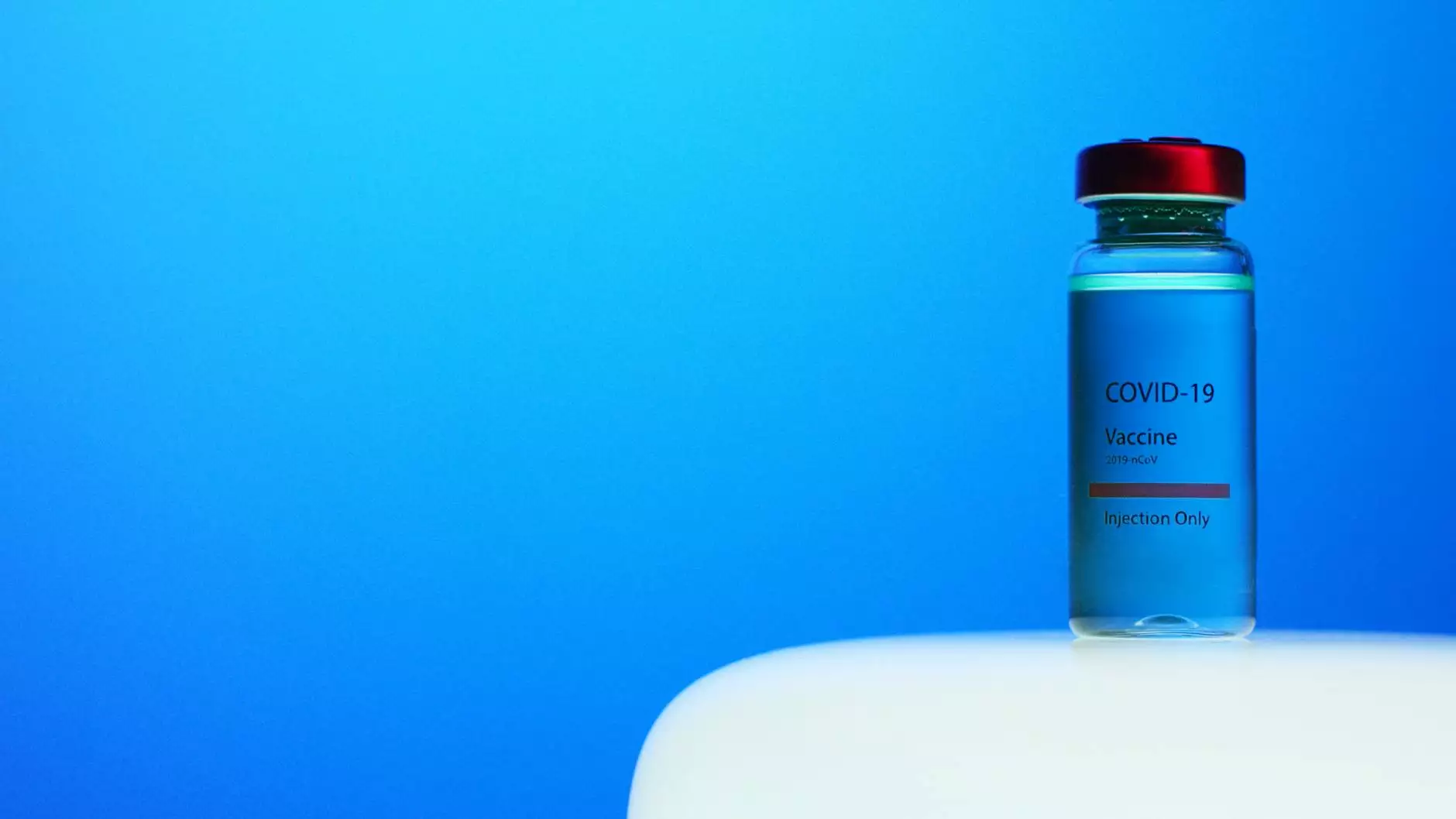Understanding Arthrokinematics of Shoulder: A Comprehensive Guide

The arthrokinematics of the shoulder is a fascinating topic that plays a crucial role in health and medical education, particularly in the fields of rehabilitation and chiropractic care. This article delves into the intricate movements of the shoulder joint, how these movements affect function and mechanics, and why they are essential for clinicians and patients alike.
What Are Arthrokinematics?
Arthrokinematics refers to the specific small-scale movements that occur within a joint during an overall motion. For the shoulder, these movements are vital for understanding how the joint operates and how it contributes to upper limb function.
The Importance of Shoulder Arthrokinematics
Understanding arthrokinematics of the shoulder is crucial for several reasons:
- Movement Efficiency: Proper arthrokinematics allows for smooth and effective movement patterns, reducing the risk of injury.
- Rehabilitation Insights: Knowledge of shoulder arthrokinematics aids practitioners in developing effective rehabilitation strategies following injuries.
- Pain Management: Understanding the mechanics of shoulder movement can help pinpoint sources of pain and dysfunction.
The Anatomy of the Shoulder Joint
The shoulder joint is a complex structure that consists of several key components, including:
- Humerus: The upper arm bone that connects to the shoulder joint.
- Scapula: The shoulder blade that provides a base for shoulder movements.
- Clavicle: The collarbone that connects the arm to the body.
- Glenoid Cavity: The socket in the scapula that receives the head of the humerus.
Types of Movements in Shoulder Arthrokinematics
The shoulder exhibits several types of arthrokinematic movements. These can be categorized into:
- Roll: Movement of the joint surfaces together without sliding.
- Glide: Linear movement of one joint surface over another.
- Spin: Rotational movement around a fixed point.
Biomechanics of Shoulder Movements
Each of the movements above plays a vital role in the overall biomechanics of the shoulder. When completing functional tasks, the shoulder undergoes a coordinated sequence of roll, glide, and spin to maximize mobility and stability. This section examines common shoulder movements.
Functional Movements of the Shoulder
Some of the critical functional movements involving the shoulder include:
- Flexion: Raising the arm in front of the body.
- Extension: Moving the arm backwards.
- Abduction: Lifting the arm sideways away from the body.
- Adduction: Bringing the arm back towards the body.
- Internal Rotation: Rotating the arm towards the center of the body.
- External Rotation: Rotating the arm away from the center of the body.
Common Disorders Related to Shoulder Arthrokinematics
Understanding the arthrokinematics of the shoulder also helps identify specific disorders that can arise from inappropriate joint mechanics. Some common disorders include:
- Rotator Cuff Injuries: Strains and tears that affect shoulder mobility.
- Shoulder Impingement: Pain caused when shoulder tendons are compressed during overhead activities.
- Shoulder Instability: A condition where the shoulder joint is prone to dislocation due to poor glenohumeral congruence.
- Adhesive Capsulitis: Also known as frozen shoulder, this condition results in stiffness and limited range of motion.
Assessing Shoulder Arthrokinematics
Assessment of shoulder arthrokinematics is essential for diagnosing and treating shoulder-related ailments. Clinicians can utilize several techniques, including:
- Physical Examination: Evaluating active and passive range of motion, strength tests, and palpation for tenderness.
- Functional Movement Screening: Assessing movement patterns to identify dysfunction.
- Imaging Techniques: Using MRI or X-rays to visualize bone and soft tissue structures.
Treatment Approaches for Shoulder Disorders
Once a comprehensive assessment is made, various treatment strategies can be implemented to address the identified arthrokinematic issues. Treatment options may include:
- Physical Therapy: Customized rehabilitation programs focused on improving strength, flexibility, and coordination.
- Chiropractic Care: Hands-on adjustments to restore proper joint mechanics.
- Manual Therapy: Specific techniques aimed at improving soft tissue and joint function.
- Exercise Therapy: Targeted exercises that enhance shoulder function and stability.
- Surgical Interventions: In severe cases, surgical procedures may be necessary to repair or stabilize the shoulder joint.
The Role of Health Professionals in Managing Shoulder Conditions
Health and medical professionals, including chiropractors, play a critical role in managing shoulder conditions through an understanding of arthrokinematics. Their knowledge allows for:
- Individualized Care: Tailoring treatment plans according to each patient’s specific needs.
- Patient Education: Informing patients about their conditions, treatment options, and preventative measures.
- Collaborative Approaches: Working with other healthcare providers to ensure comprehensive care.
The Future of Shoulder Rehabilitation
The evolving understanding of shoulder arthrokinematics will continue to shape rehabilitation practices. With ongoing research and advancements in technology, clinicians will be better equipped to:
- Utilize Clinical Tools: Utilizing software and apps for dynamic assessments and progress tracking.
- Implement Evidence-Based Practice: Making informed decisions based on the latest research findings.
- Enhance Patient Engagement: Incorporating virtual reality or gamified exercises to motivate patients.
Conclusion
In summary, a thorough understanding of the arthrokinematics of the shoulder is essential for healthcare professionals, especially for those in the fields of rehabilitation and chiropractic care. By appreciating the complex mechanics of shoulder movement, professionals can provide effective treatment, foster efficient rehabilitation, and improve patient outcomes. As research continues to unveil new information, staying updated will be crucial for all practitioners involved in shoulder health.
For more resources, expert insights, and educational materials regarding shoulder health and rehabilitation, visit IAOM-US, where health professionals can find tailored educational opportunities to enhance their practice.
arthrokinematics of shoulder








